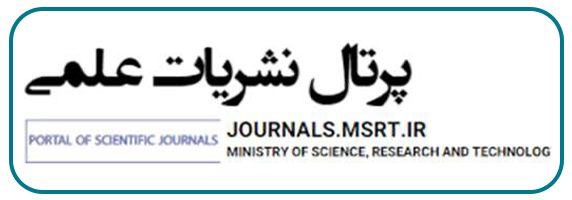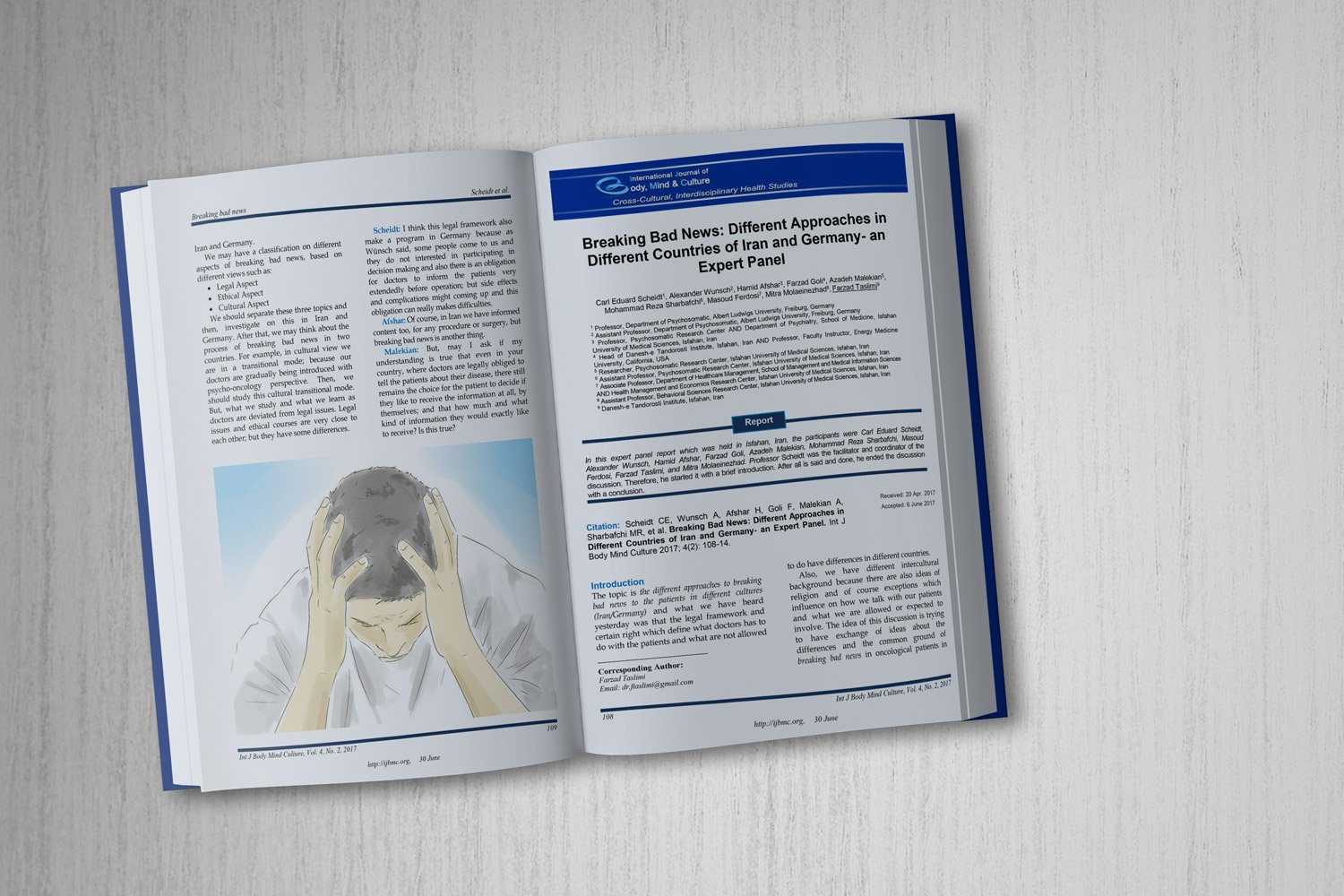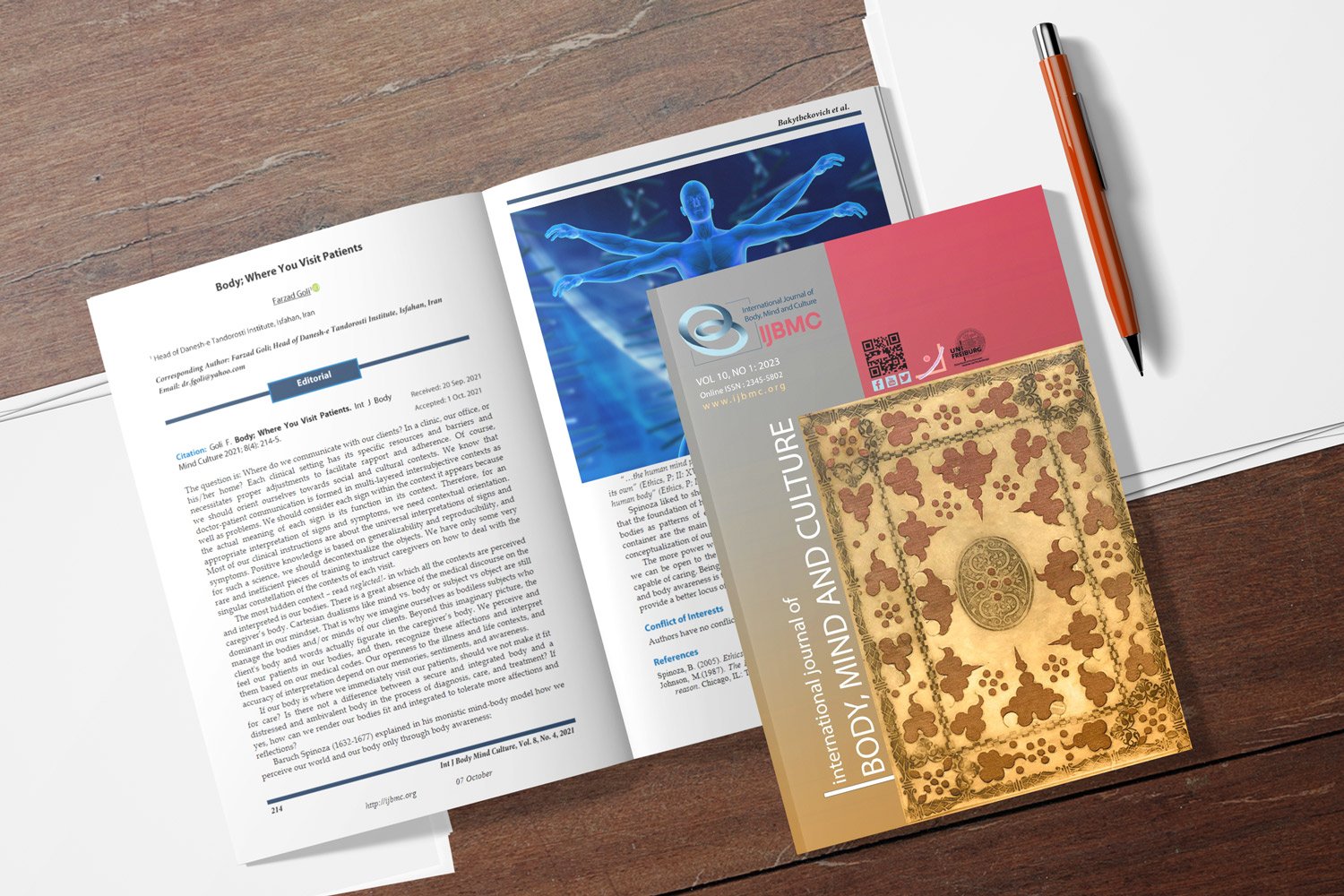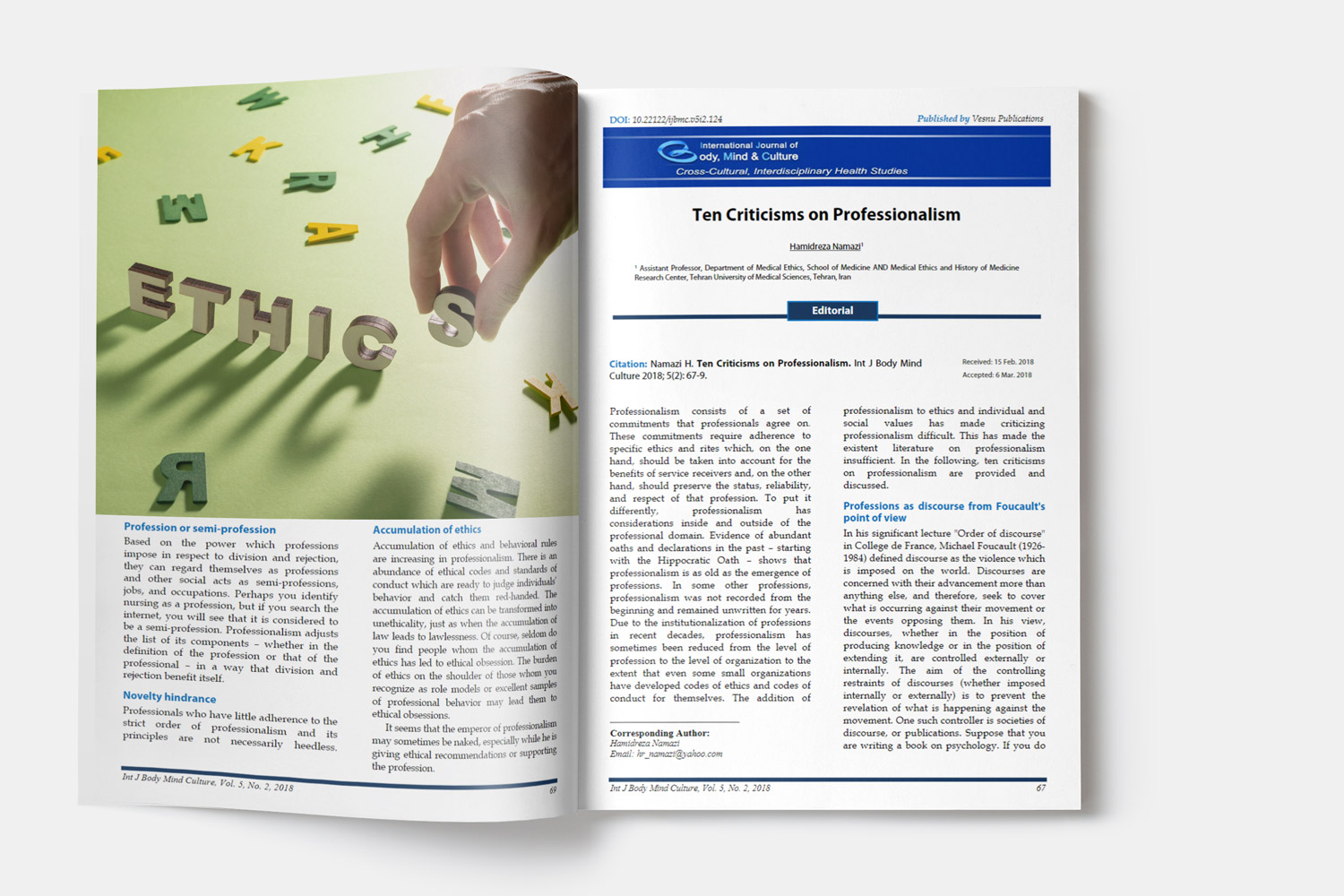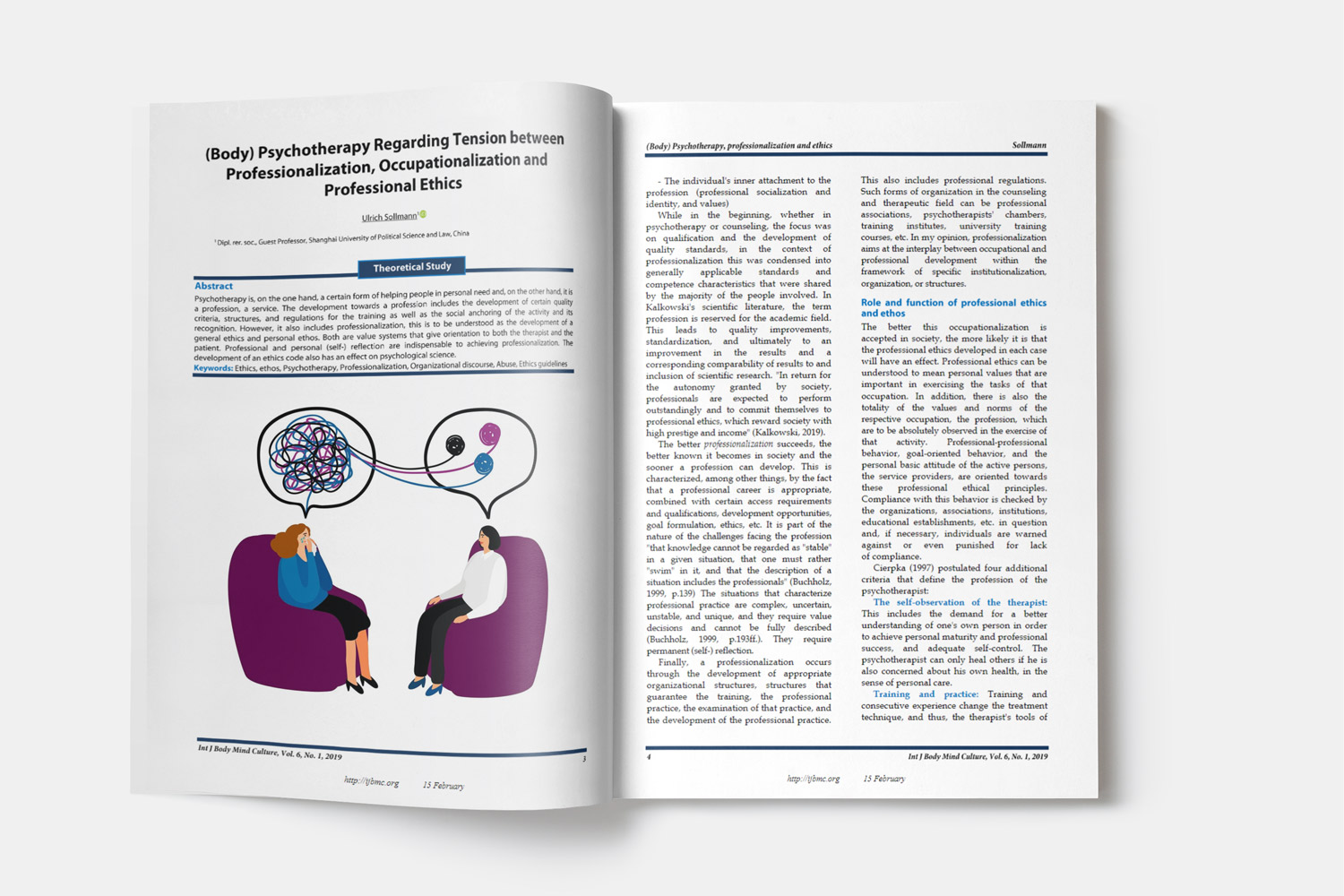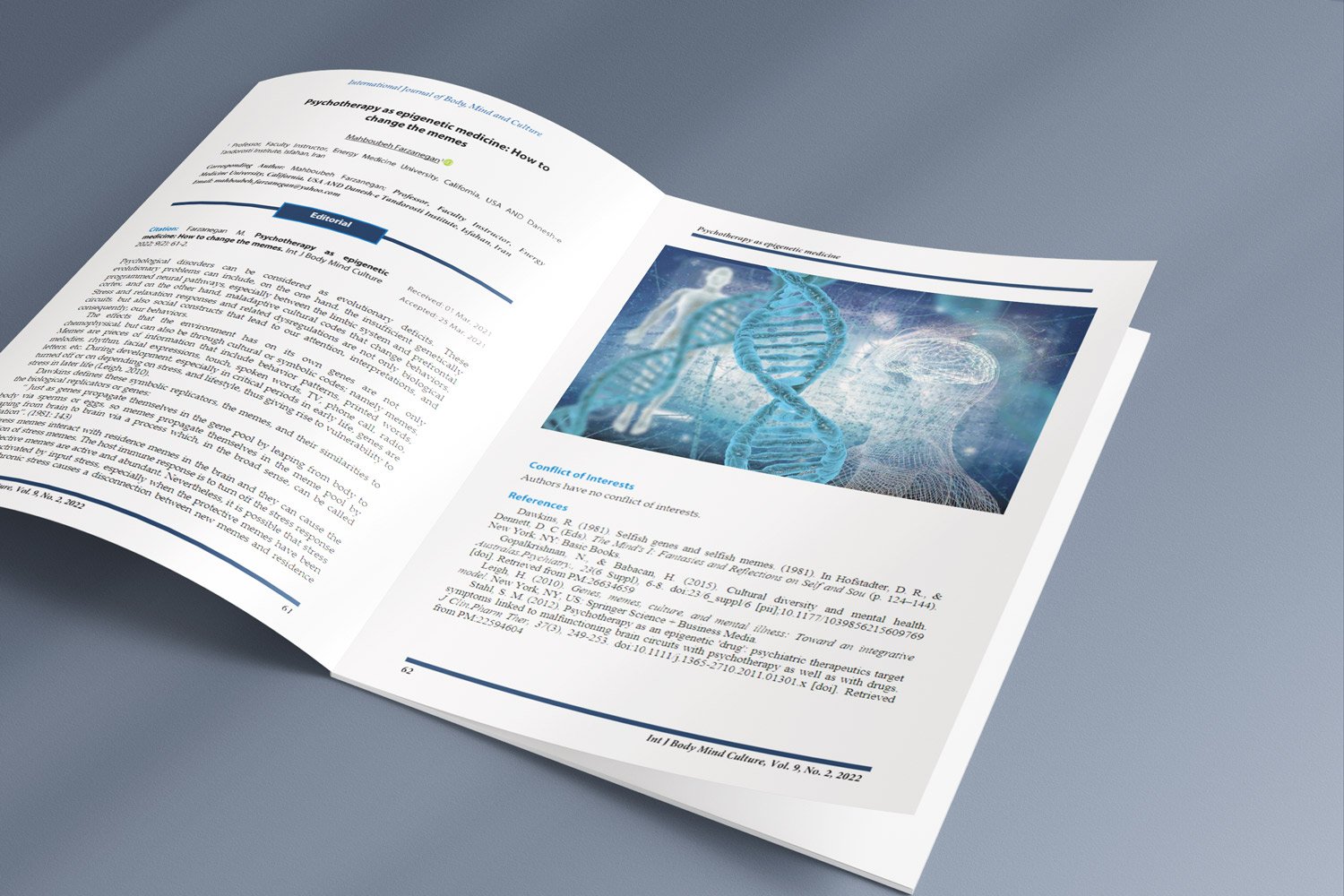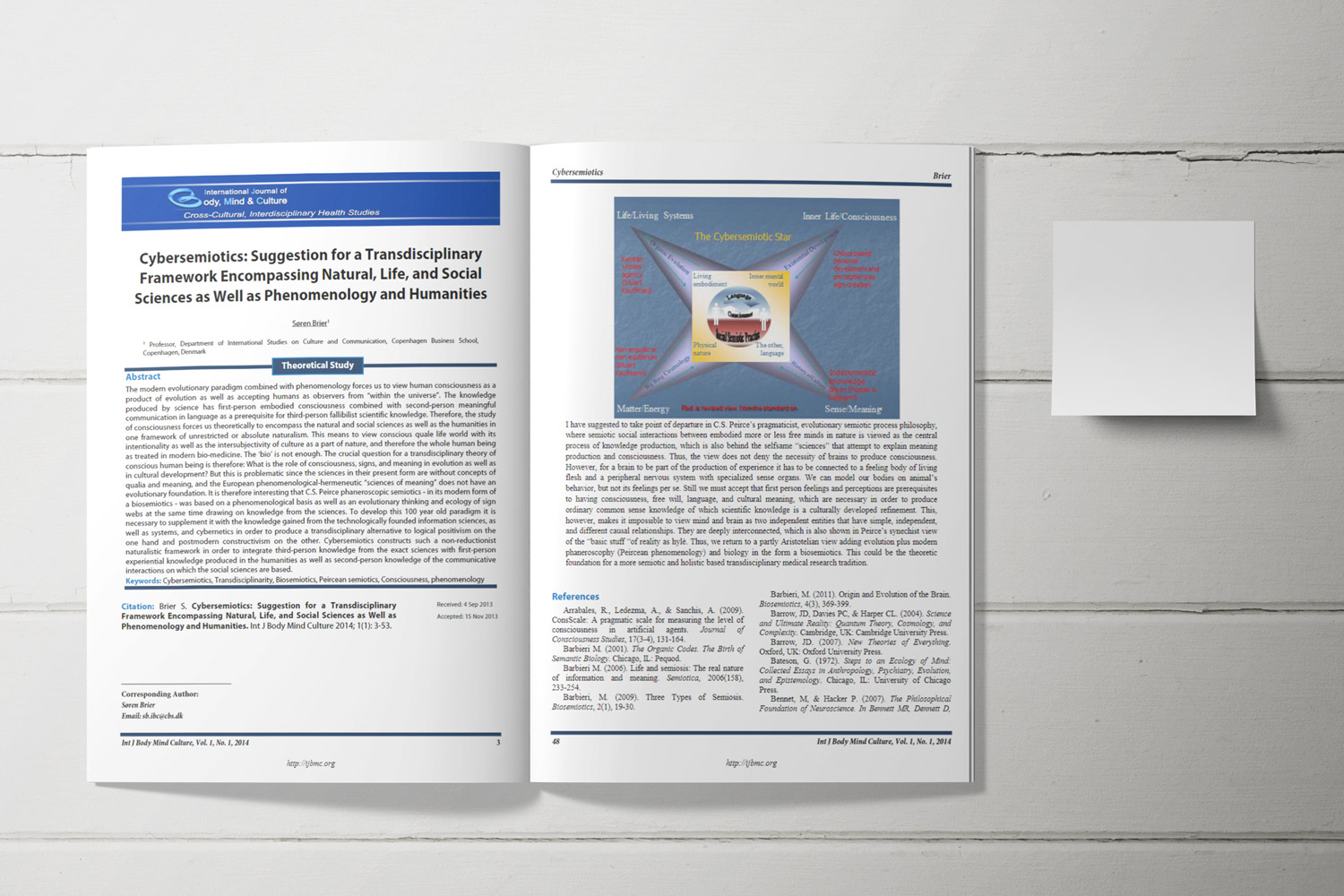A Cross-Cultural Comparison of Climacteric Symptoms, Self-Esteem, and Quality of Life between Mosuo Women and Han Chinese Women
Downloads
Background: The present study was designed to compare climacteric symptoms, self-esteem, and quality of life (QOL) between women from two different cultures in China (Mosuo and Han Chinese) and to evaluate the interaction among these variables. Mosuo is a small ethnic group in southwest China, which is described as a matriarchal society, while Han Chinese is the largest ethnic group with a patriarchal system.
Methods: This cross-cultural study was conducted on 54 Mosuo women and 52 Han Chinese women between 40 and 60 years of age. The subjects were selected through convenience sampling. They answered a sociodemographic questionnaire, the Menopause Rating Scale (MRS), the Self-Esteem Scale (SES), and the 12-Item Short Form Health Survey (SF-12).
Results: In our sample, Mosuo women obtained lower scores on the psychological and somato-vegetative subscales of the MRS, but higher scores on SES and the mental health-related QOL (SF-12/MCS) than Han Chinese women. However, the correlation between climacteric symptoms, self-esteem, and QOL was weaker in the Mosuo group compared to the Han group. Multiple linear regressions indicated that climacteric symptoms have negatively affected women's QOL.
Conclusion: In accordance with the study hypothesis, Mosuo women showed milder symptoms, a higher self-esteem, and a better QOL compared to the Han Chinese women during the climacteric. The interaction between climacteric symptoms, psychosocial variables, and QOL revealed cultural differences.
Downloads
Avis, N. E., Ory, M., Matthews, K. A., Schocken, M., Bromberger, J., & Colvin, A. (2003). Health-related quality of life in a multiethnic sample of middle-aged women: Study of Women's Health Across the Nation (SWAN). Med Care, 41(11), 1262-1276. doi:10.1097/01.MLR.0000093479.39115.AF [doi]. Retrieved from PM:14583689
Avis, N. E., Assmann, S. F., Kravitz, H. M., Ganz, P. A., & Ory, M. (2004). Quality of life in diverse groups of midlife women: assessing the influence of menopause, health status and psychosocial and demographic factors. Qual.Life.Res., 13(5), 933-946. doi:10.1023/B:QURE.0000025582.91310.9f [doi]. Retrieved from PM:15233507
Becker, D., Lomranz, J., Pines, A., Shmotkin, D., Nitza, E., BennAmitay, G. et al. (2001). Psychological distress around menopause. Psychosomatics., 42(3), 252-257. doi:S0033-3182(01)70516-6 [pii];10.1176/appi.psy.42.3.252 [doi]. Retrieved from PM:11351115
Bertero, C. (2003). What do women think about menopause? A qualitative study of women's expectations, apprehensions and knowledge about the climacteric period. Int.Nurs Rev., 50(2), 109-118. doi:185 [pii]. Retrieved from PM:12752910
Bloch, A. (2002). Self-awareness during the menopause. Maturitas., 41(1), 61-68. doi:S0378512201002523 [pii]. Retrieved from PM:11809344
Brewer, M. B., & Chen, Y. R. (2007). Where (who) are collectives in collectivism? Toward conceptual clarification of individualism and collectivism. Psychol Rev., 114(1), 133-151. doi:2006-23341-005 [pii];10.1037/0033-295X.114.1.133 [doi]. Retrieved from PM:17227184
Brewer, M. B., & Gardner, W. (1996). Who is this "We"? Levels of collective identity and self representations. J Pers Soc Psychol, 71(1), 83-93.
Cai, H. (2017). A Society without Fathers or Husbands The Na of China. New York, NY: Zone Books.
Chedraui, P., Perez-Lopez, F. R., Mendoza, M., Leimberg, M. L., Martinez, M. A., Vallarino, V. et al. (2010). Assessment of self-esteem in mid-aged women. Maturitas., 66(1), 77-82. doi:S0378-5122(10)00010-1 [pii];10.1016/j.maturitas.2010.01.008 [doi]. Retrieved from PM:20137871
Cheng, M. H., Lee, S. J., Wang, S. J., Wang, P. H., & Fuh, J. L. (2007). Does menopausal transition affect the quality of life? A longitudinal study of middle-aged women in Kinmen. Menopause., 14(5), 885-890. doi:10.1097/GME.0b013e3180333a58 [doi];00042192-200714050-00017 [pii]. Retrieved from PM:17429333
Cleary, P. D., Wilson, I. B., & Fowler, F. J. (1994). Health-Related quality of life in HIV infected persons: a conceptual model. In G.L. Albrecht & R. Fitzpatrick (Eds.), Advances in Medical Sociology: Quality of Life in Health (pp. 23-41). Greenwich, CT: JAI Press.
Dennerstein, L., Lehert, P., & Guthrie, J. (2002). The effects of the menopausal transition and biopsychosocial factors on well-being. Arch Womens.Ment.Health., 5(1), 15-22. doi:10.1007/s007370200018 [doi]. Retrieved from PM:12503070
Ditz, S. (1999). Klimaktrium . In M. Neises & M. Neises (Eds.), Psychosomatische Grundversorgung in der Frauenheilkunde (pp. 122-136). Stuttgart, Germany: Thieme.
Elavsky, S. (2010). Longitudinal examination of the exercise and self-esteem model in middle-aged women. J Sport.Exerc.Psychol, 32(6), 862-880. Retrieved from PM:21282842
Gold, E. B., Block, G., Crawford, S., Lachance, L., FitzGerald, G., Miracle, H. et al. (2004). Lifestyle and demographic factors in relation to vasomotor symptoms: baseline results from the Study of Women's Health Across the Nation. Am.J Epidemiol., 159(12), 1189-1199. doi:10.1093/aje/kwh168 [doi];159/12/1189 [pii]. Retrieved from PM:15191936
Greenberg, J. (2008). Understanding the Vital Human Quest for Self-Esteem. Perspect.Psychol Sci, 3(1), 48-55. doi:3/1/48 [pii];10.1111/j.1745-6916.2008.00061.x [doi]. Retrieved from PM:26158669
He, Z. H. (2008). Analects of Naxiology. Beijing, China: The Ethnic Publishing House.
Heinemann, K., Ruebig, A., Potthoff, P., Schneider, H. P., Strelow, F., Heinemann, L. A. et al. (2004). The Menopause Rating Scale (MRS) scale: a methodological review. Health.Qual.Life.Outcomes., 2, 45. doi:10.1186/1477-7525-2-45 [doi];1477-7525-2-45 [pii]. Retrieved from PM:15345062
Huang, K. E., Xu, L., NN, I., & Jaisamrarn, U. (2010). The Asian Menopause Survey: knowledge, perceptions, hormone treatment and sexual function. Maturitas., 65(3), 276-283. doi:S0378-5122(09)00429-0 [pii];10.1016/j.maturitas.2009.11.015 [doi]. Retrieved from PM:20018469
Im, E. O., Lee, B., Chee, W., Brown, A., & Dormire, S. (2010). Menopausal symptoms among four major ethnic groups in the United States. West J Nurs Res., 32(4), 540-565. doi:32/4/540 [pii];10.1177/0193945909354343 [doi]. Retrieved from PM:20685910
Ji, Y. F. , & Yu, X. (1993). The self-esteem scale, SES. Chin. Ment Health J zk, 7: 251- 252.
Kirmayer, L. J., & Sartorius, N. (2007). Cultural models and somatic syndromes. Psychosom.Med, 69(9), 832-840. doi:69/9/832 [pii];10.1097/PSY.0b013e31815b002c [doi]. Retrieved from PM:18040090
Kroenke, K., Spitzer, R. L., & Williams, J. B. (2002). The PHQ-15: validity of a new measure for evaluating the severity of somatic symptoms. Psychosom.Med, 64(2), 258-266. Retrieved from PM:11914441
Kumari, M., Stafford, M., & Marmot, M. (2005). The menopausal transition was associated in a prospective study with decreased health functioning in women who report menopausal symptoms. J Clin.Epidemiol., 58(7), 719-727. doi:S0895-4356(05)00046-6 [pii];10.1016/j.jclinepi.2004.09.016 [doi]. Retrieved from PM:15939224
Lam, C. L., Tse, E. Y., & Gandek, B. (2005). Is the standard SF-12 health survey valid and equivalent for a Chinese population? Qual.Life.Res., 14(2), 539-547. Retrieved from PM:15892443
Lanza di, S. T., Matthews, K. A., Avis, N. E., Thurston, R. C., Brown, C., Harlow, S. et al. (2012). Role stress, role reward, and mental health in a multiethnic sample of midlife women: results from the Study of Women's Health Across the Nation (SWAN). J Womens.Health.(Larchmt.), 21 (5), 481-489. doi:10.1089/jwh.2011.3180 [doi]. Retrieved from PM:22360697
Lee, M. S., Kim, J. H., Park, M. S., Yang, J., Ko, Y. H., Ko, S. D. et al. (2010). Factors influencing the severity of menopause symptoms in Korean post-menopausal women. J Korean Med Sci, 25(5), 758-765. doi:10.3346/jkms.2010.25.5.758 [doi]. Retrieved from PM:20436714
Markus, H. R., & Kitayama, S. (1991). Culture and the self: Implications for cognition, emotion, and motivation. Psychol Rev, 98(2), 224-253.
Matthews, K. A., & Bromberger, J. T. (2005). Does the menopausal transition affect health-related quality of life? Am.J Med, 118 Suppl 12B, 25-36. doi:S0002-9343(05)00888-0 [pii];10.1016/j.amjmed.2005.09.032 [doi]. Retrieved from PM:16414324
Melby, M. K., Lock, M., & Kaufert, P. (2005). Culture and symptom reporting at menopause. Hum.Reprod.Update., 11(5), 495-512. doi:dmi018 [pii];10.1093/humupd/dmi018 [doi]. Retrieved from PM:15919681
Melby, M. K., Sievert, L. L., Anderson, D., & Obermeyer, C. M. (2011). Overview of methods used in cross-cultural comparisons of menopausal symptoms and their determinants: Guidelines for Strengthening the Reporting of Menopause and Aging (STROMA) studies. Maturitas., 70(2), 99-109. doi:S0378-5122(11)00245-3 [pii];10.1016/j.maturitas.2011.07.011 [doi]. Retrieved from PM:21840143
Mishra, G. D., Brown, W. J., & Dobson, A. J. (2003). Physical and mental health: changes during menopause transition. Qual.Life.Res., 12(4), 405-412. Retrieved from PM:12797713
Montero, I., Ruiz, I., & Hernandez, I. (1993). Social functioning as a significant factor in women's help-seeking behaviour during the climacteric period. Soc Psychiatry.Psychiatr.Epidemiol., 28(4), 178-183. Retrieved from PM:8235804
Patrick, D. L., & Erickson, P. (1993). Health Status and health policy: Quality of life in health care evaluation and resource allocation. Oxford, UK: Oxford University Press.
Pimenta, F., Leal, I., Maroco, J., & Ramos, C. (2012). Menopausal symptoms: do life events predict severity of symptoms in peri- and post-menopause? Maturitas., 72(4), 324-331. doi:S0378-5122(12)00152-1 [pii];10.1016/j.maturitas.2012.04.006 [doi]. Retrieved from PM:22607812
Rosenberg, M. (1965). Society and the adolescent self-image. Princeton, NJ: Princeton University Press.
ROSS, M. (1951). A psychosomatic approach to the climacteric. Calif.Med, 74(4), 240-242. Retrieved from PM:14821818
Shea, J. L. (2006). Parsing the ageing Asian woman: symptom results from the China study of midlife women. Maturitas., 55(1), 36-50. doi:S0378-5122(06)00006-5 [pii];10.1016/j.maturitas.2005.12.010 [doi]. Retrieved from PM:16472950
Shih, C. S. (2009). Quest for harmony: The Moso traditions of sexual union and family life. Stanford, CA: Stanford University.
Sievert, L. L., & Obermeyer, C. M. (2012). Symptom clusters at midlife: a four-country comparison of checklist and qualitative responses. Menopause., 19(2), 133-144. doi:10.1097/gme.0b013e3182292af3 [doi]. Retrieved from PM:22042326
Sievert, L. L. (2014). Menopause across cultures: clinical considerations. Menopause., 21(4), 421-423. doi:10.1097/GME.0000000000000099 [doi]. Retrieved from PM:24149928
Tang, C. S., Chua, Z., & Jiaqing, O. (2010). A gender perspective on Chinese social relationships and behavior. In M.H. Bond (Ed.), Oxford handbook of Chinese psychology (pp. 533-553). Oxford, UK: Oxford University Presse.
Wang, X. Y., Yang, H. Y., Nie, G. N., Wen, Z. H., Wu, D. R., Zhang, C. L. et al. (2008). Study on the reliability and validity of the Chinese Menopause Rating Scale CMRS. Zhonghua Liu Xing Bing Xue Za Zhi, 29(9), 882-6.
Ware, J., Jr., Kosinski, M., & Keller, S. D. (1996). A 12-Item Short-Form Health Survey: construction of scales and preliminary tests of reliability and validity. Med Care, 34(3), 220-233. Retrieved from PM:8628042
World Health Organization. Research on the menopause in the 1990s. Report of a WHO Scientific Group. (1996). World.Health.Organ.Tech.Rep.Ser., 866, 1-107. Retrieved from PM:8942292






